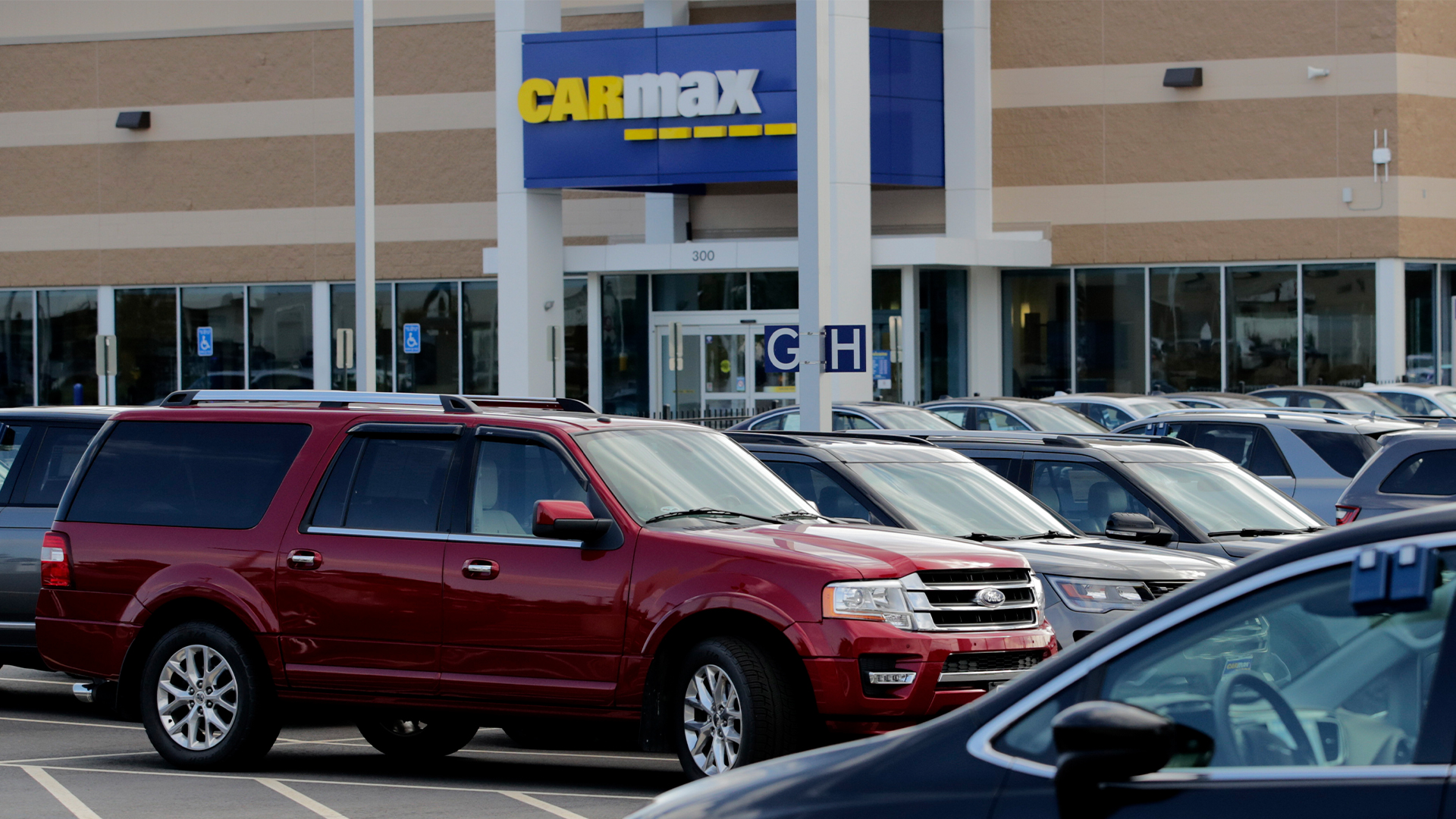

Thanks to the global microchip shortage, the car market has been a mess. New cars are so scarce, people are paying more money for used examples of highly sought-after models than they would on a new one during normal times. With prices this out of whack, somebody’s gotta be collecting bigger checks than usual, right? Well, somebody is, and—surprise, surprise—it’s not the automakers. It’s the dealers.
Per CNN, Q2 2021 earnings for automakers are expected to lag compared to earnings from the same quarter in pre-pandemic 2019. A lack of semiconductors means they can’t build new cars and fewer new cars being built means fewer new cars being sold. GM, for example, just announced a pause on full-size pickup truck production like several others already have. As you probably already know, the manufacturers don’t actually make any money on used cars they already sold years ago.

The dealerships, which buy cars from automakers at fixed wholesale prices then turn around and sell them to end consumers often for “market value,” are having a grand ol’ time, at least in comparison. The biggest dealership group in the U.S., publicly-traded AutoNation, reported record earnings and a 12 percent bump in new car sales last quarter compared to Q2 2019. Used car revenue, meanwhile, grew by 32 percent while overall revenue went up by one-third compared to the second quarter of 2019, massively exceeding Wall Street expectations, CNN reports. CarMax, a company that exclusively sells used cars, reported record profits this week too.
Guggenheim Partners analyst and dealership stock expert Ali Faghri said, “All will deliver record earnings. I think prices have probably peaked. But these market conditions will probably continue until 2023.” Faghri’s forecast echoes a previous prediction made by the Federal Reserve Bank of Cleveland that the current market conditions would last another six to nine months.
In other words, it’s a great time to be in the business of selling cars and, in the case of AutoNation, this recent success means opening its fifth used-cars-only store of the quarter, with four more slated to open this year and another 12 set to open their doors in 2022. The franchise is reportedly on track to have 130 stores selling nothing but used cars by 2026.
Ford Motor Company, meanwhile, is projected to report a loss this quarter.
It isn’t just the chip-drought supply crunch that’s driving prices up, either. Americans coming out of a pandemic means Americans who are even less thrilled about public transport than they were before, driving up demand for private automobiles. Additionally, low interest rates mean an even bigger pool of buyers who now see a new car, whether that’s new-new or new-to-me, as a financially viable option.
“Demand continues to outpace supply for new vehicles,” said AutoNation CEO Mike Jackson. “We expect this to continue into 2022 due to consumers’ preference for personal transportation coupled with lower interest rates.”
What’s more, Faghri says dealers aren’t done raking in the cash. Once the nation fully opens up, people are going to have to get their cars serviced, cars that perhaps did not get a lot of action during the pandemic. “A lot of people weren’t driving much during the pandemic, and didn’t have work done,” the analyst said. “I’m generally a big believer there’s a lot of pent-up service demand and deferred maintenance that will need to be taken care of.”
And as anybody who’s ever brought an out-of-warranty BMW into a dealership service bay can attest, the service center is typically a car dealer’s most profitable department.
Moral of the story? If you’re looking for a change in career right now (not an uncommon situation, I’m told), the dealership game is a winning one and probably will be for the next little while.
Got a tip or question for the author? You can reach them here: chris.tsui@thedrive.com